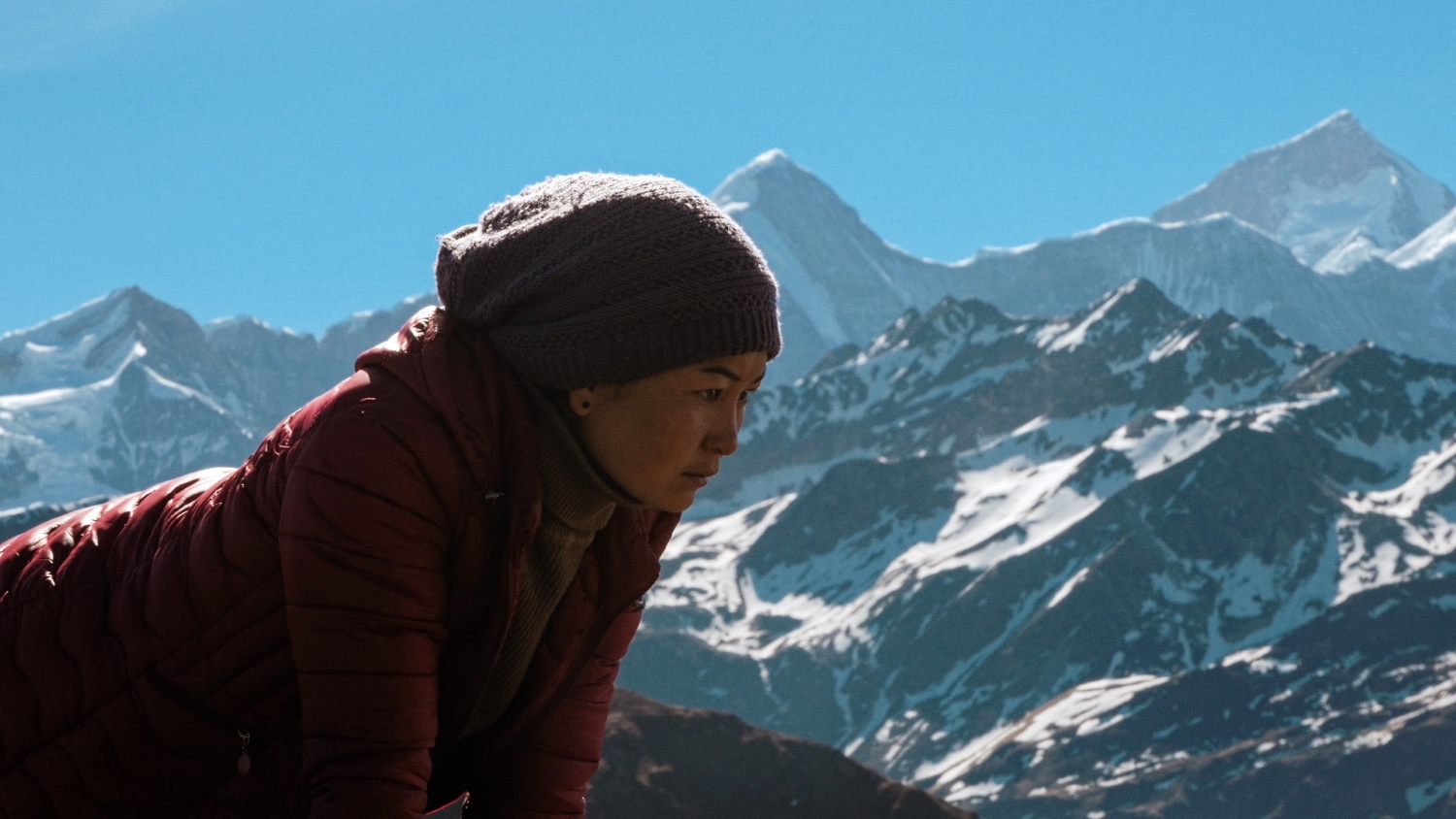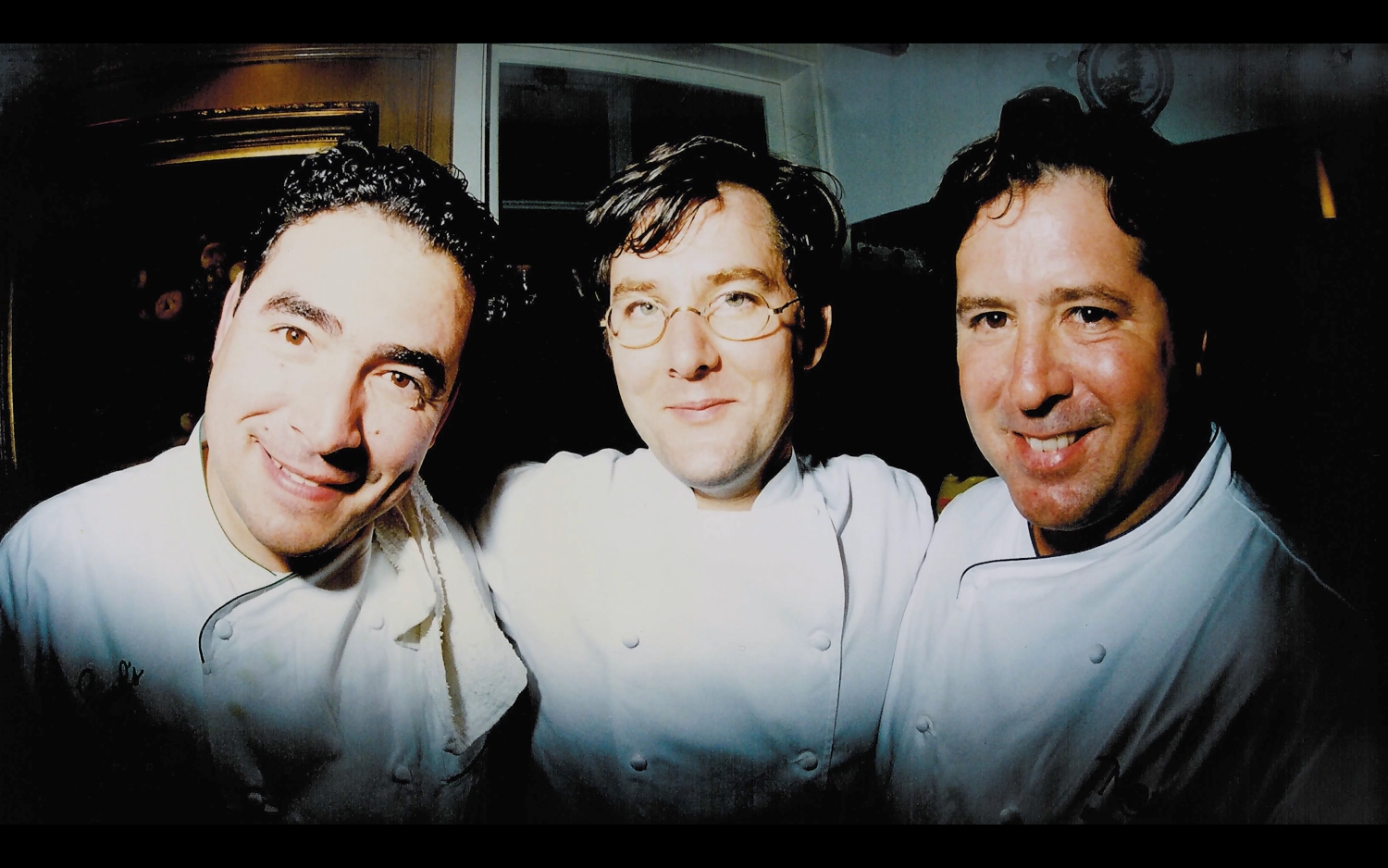Far Beyond the Pasturelands
(Canada, 84 min.)
Dir. Maude Plante-Husaruk, Maxime Lacoste-Lebuis
Move over, truffle hunters! The art of foraging assumes epic proportions in Far Beyond the Pasturelands. This rich and picturesque observational doc by directors Maude Plante-Husaruk and Maxime Lacoste-Lebuis takes audiences on the elusive quest for yarsagumba. The film follows a young Nepali woman named Lalita as she undertakes the annual pilgrimage high in the Himalayas to forage for the valuable root. Yarsagumba, known as “natural Viagra,” is a small sinewy fungus that resembles a dehydrated piece of turmeric. The precious fungus is barely visible to the naked eye. Lalita joins her family, friends, and neighbours on their hands and knees, crawling through the mountainside in search of riches. The season takes its toll, however, and Far Beyond the Pasturelands asks how much longer this way of life can sustain itself in a world that moves at a rapidly different pace.
Plante-Husaruk and Lacoste-Lebuis situate the annual yarsagumba harvest within Lalita’s daily life on which this gold rush depends. Lalita tells the filmmakers that she had dreams of another life, but married her husband, Lucksin, in keeping with the expectations of her community. She doesn’t voice regrets and, in fact, shares evidence of a blossoming romance. Photos and videos of their honeymoon phase pass by on her phone. Marrying young, though, means that she and Lucksin rely on traditional methods to raise a family. They farm and harvest local crops, but the income isn’t enough to afford their children a proper education. Lalita acknowledges that she’ll probably have to move abroad to give them a better future. There is, of course, the harvest. Lalita and fellow residents of Maikot therefore make the long trek far above the pasturelands to higher altitudes.
A Tale of Inequality
Yarsagumba fetches a price greater than gold in China, so the long journey and physically demanding forage merits the effort. The harvest itself is quite the event. Local officials signal the start of the season with a countdown and a gunshot. They also caution “cheating businessmen” to stay away and advise the foragers to be cautious.
There’s reason to be wary. As Far Beyond the Pasturelands observes the tedium of the hunt, it also takes the cameras inside the tents in which foragers sell their riches. Dealers buy the fungus for the equivalent of five dollars apiece. Six if they’re lucky. Even less if the fungus is flat or soggy. However, Plante-Husaruk and Lacoste-Lebuis also learn that the same dealer fetches about $18,000 per kilogram of yarsagumba at market. The hands and backs that yield his riches, however, are barely getting by. The soaring demand for the product and the growing interest in the harvest also mean that the treasure is in short supply. Lalita voices concerns of endangerment, as do others. This hunt is not sustainable.
Far Beyond the Pasturelands finds in this small story captured high in the mountaintops a tale of globalization and inequality. It’s a human story, simply and modestly told, which is appropriate. Plante-Husaruk and Lacoste-Lebuis manage the production with a skeleton crew, as the former handles (striking) cinematography and the latter the sound. In post, the editing is by Plante-Husaruk and the music, a highlight of the film, by Lacoste-Lebuis. The filmmakers afford Lalita’s story a measure of intimacy and let the pace of the film unfold to the beat of the harvest. Fans of slow cinema should be taken by the measured pace of the harvest and the sacrifices it entails. Like Lalita’s own situation, it invites much contemplation.













